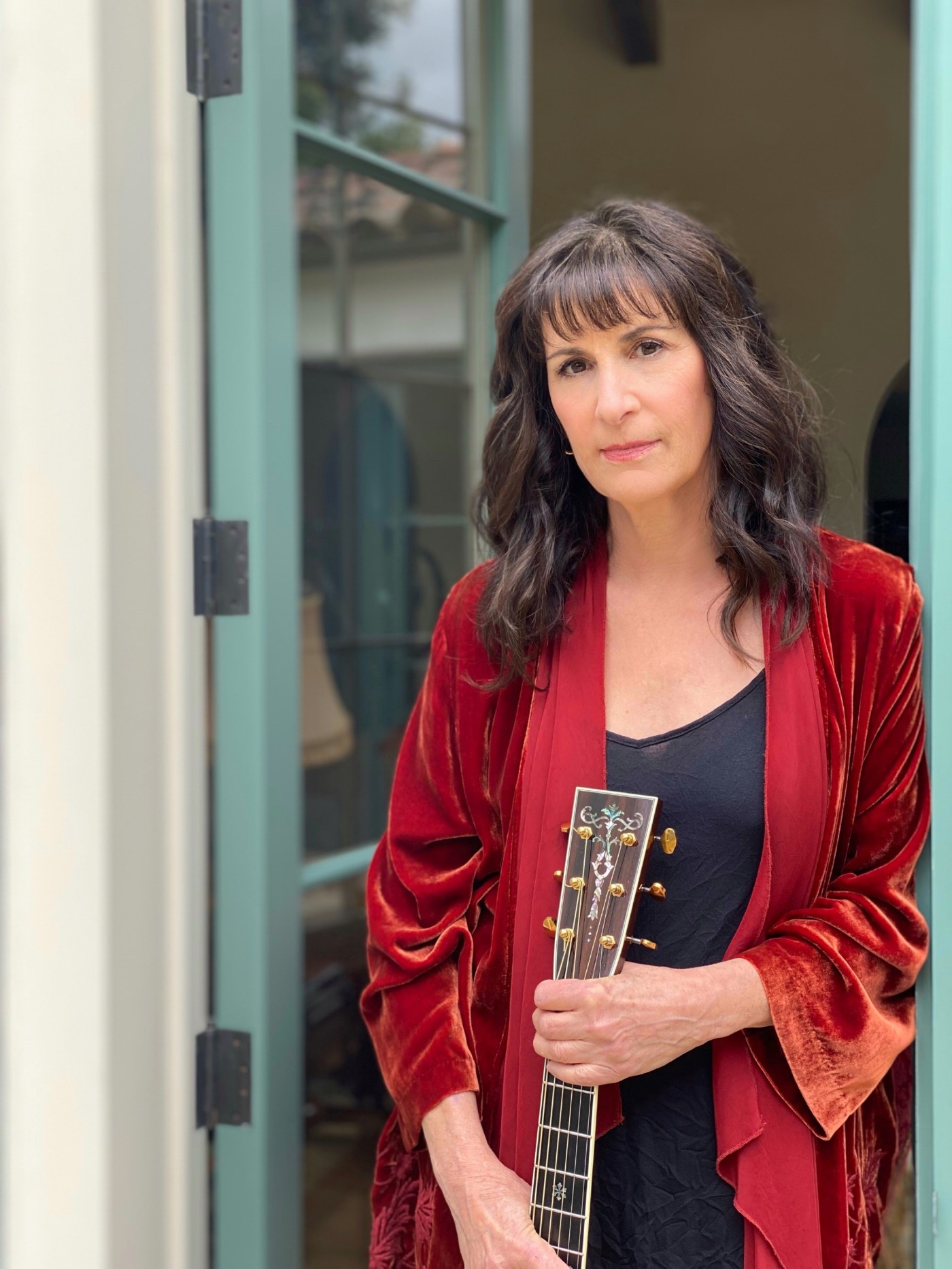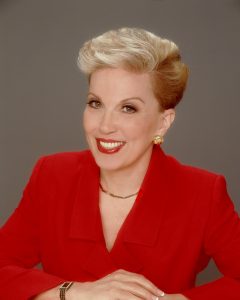
Karla Bonoff takes songwriting chops to Regent tour stop
If you were part of the mythic ‘70s singer-songwriter circuit in Southern California, you probably didn’t realize there was anything mythic going on. “We were all really young, just living in the moment,” recalls songwriter Karla Bonoff. “People were drawn to Los Angeles because the recording studios were there, and there were so many clubs to play in. So even though I was born and raised there, I got caught up in that. But we didn’t have the ability to float up above it and see what it wound up becoming.”
Bonoff was a key part of that circuit, living a few blocks away from the famed Troubadour club. Initially part of the short-lived group Bryndle, she made her solo debut in 1977, and a few of its tracks became signature songs for Bonnie Raitt (“Home”) and Linda Ronstadt (“Someone to Lay Down Beside Me”). Still going strong, she hits the Regent Theater in Arlington tonight.
“I listen to my first album and it sounds like a little girl singing,” she says. “I felt I wasn’t part of the first generation of singer-songwriters — I was younger than Joni Mitchell, Laura Nyro and Carole King, so those were my main influences whereas they were drawing from a wider net — Joni with traditional folk songs, Laura with jazz and Broadway musicals. So my influences were already songwriters, and it’s funny how it all comes back around. I hear young girls today who were influenced by Shawn Colvin.” And probably by herself as well. “Maybe, but that’s harder for me to recognize. It’s like trying to hear your own accent.”
She became known for songs that sounded intensely personal, but they didn’t always start that way. “Sometimes they’re just written for movies— ‘All My Life’ was like that, and it’s one of my better ones. ‘Someone to Lay Down Beside Me’ was funny, I had the music for awhile and no lyrics for it. Then somehow I watched a TV show called ‘Owen Marshall, Attorney at Law’ (which ran from 1971-74) and processed that in my brain, and those lyrics came out of it. I think it was an episode about a prostitute. I happened to be around Linda and played some songs for her, and it was interesting that her version came out concurrent with mine.”
Like many songwriters she felt left out when musical fashions changed in the ‘80s. “That was a rough time. The English techno thing was happening, and radio didn’t want any part of singer-songwriters. It took me a number of years to get on my feet again, and I didn’t even make a record until 1988. But you look at peoples’ longevity, and the good stuff always recirculates back.”
These days she records less frequently; her only millennial studio albums were an acoustic set of old and new songs, and a Christmas album in 2020. “I have to admit that I don’t write that much anymore. I was never prolific and usually just wrote enough for each album — I never was one of those people who gets up in the middle of the night and works on a song.” But she still tours regularly, and will be doing some dates with old friend John David Souther when her solo tour wraps up. “I can look at the songs from a little more distance now. But you come to appreciate your own work over time, and I’m very grateful that I was given this gift. It’s allowed me to not have any other kind of job.”


